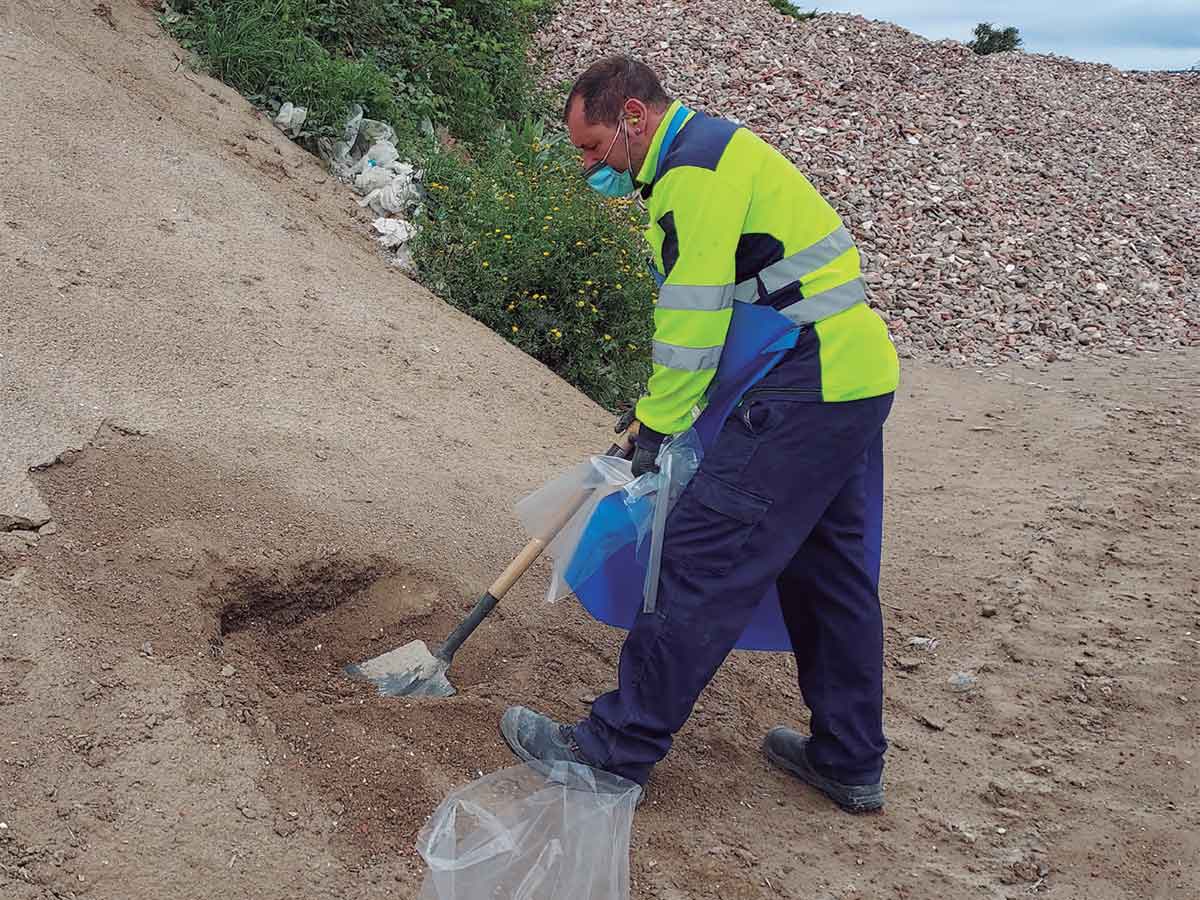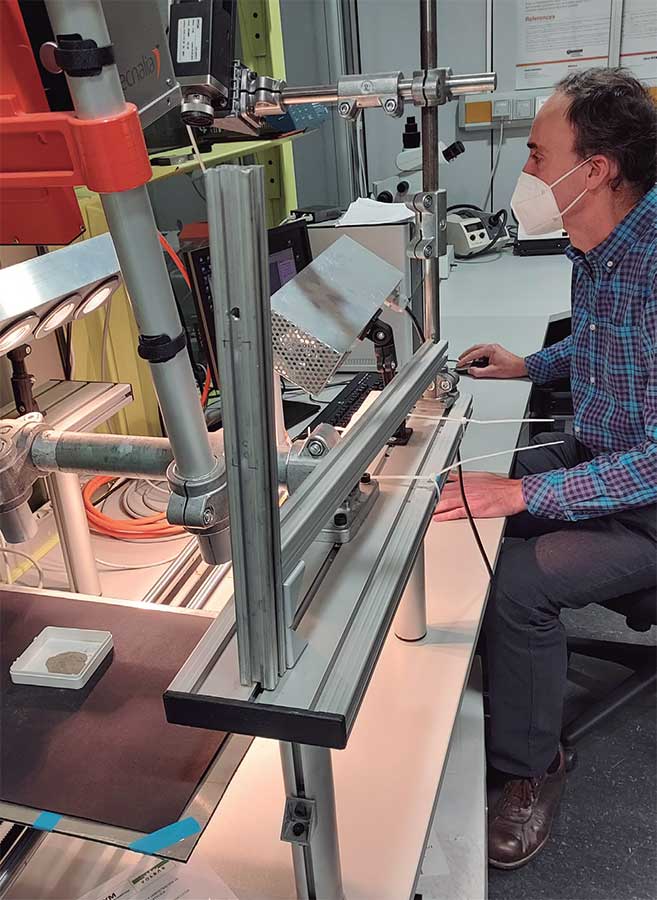NEUCLICEM
CO2 CAPTURE IN ALKALINE WASTE GENERATION
THE BASQUE COUNTRY PRODUCES 0.5% OF EUROPEAN GREENHOUSE GASES and is aligned with reducing these emissions by 40% (KLIMA 2050). Furthermore, 50% of the 1.2 million tonnes of Construction and Demolition Waste (CDW) and a large part of the 96,000 tonnes of white slag produced each year in the Basque Country, are not recycled. The cement sector is committed to produce new products based on alternative raw materials that minimise the environmental footprint associated with its processes. Among others, new active additions to cement based on recovered waste and with lower CO2 footprint have been introduced to help achieve climate neutrality goals by 2050.
SOCIEDAD FINANCIERA Y MINERA (FYM) is one of the leading companies in the production of cement and innovative products for construction and has led NEUCLICEM, with the collaboration of the TECNALIA Technology Centre and the CDW management company, VOLBAS.

DRIVING FACTOR


 OBJECTIVES
OBJECTIVES
- Designing a new CCUS (Carbon Capture Use and Storage) process based on the accelerated carbonation mineralisation of concrete CDW waste fines and white steel slag, and using spectral monitoring tools.
- Establish carbonation protocols aimed at future sequestration of as much CO2 (15-40%) as possible of a cement plant flue gas and to improve the technical performance (>20%) of alkaline waste.
- Validate the use of new mineralised materials in the production of hydraulic road binders (HRB) with lower CO2 footprint (≤40%) and higher circularity (≥30%).
 RESULTS
RESULTS
- High content compounds with CO2 capture potential were obtained: CDW fines from concrete (49% CaO) and white steel slag (45% CaO, 9.4% MgO).
- The fraction of greatest interest was identified in 11.3% of CDW fines from concrete and 26% of white slag (<125μm)
- Approximately 4.5% of CO2 captured per hour under initial basic standard conditions. 10% new CaCO3 was generated.
- Identification by X-Ray Diffraction (XRD) and FTIR spectroscopy, of signals related to the carbonates generated, as well as in hyperspectral imaging (HSI) and Raman equipment.
 CONCLUSIONS
CONCLUSIONS
- The amount of material of suitable fineness for capture (<125μm) can be significantly increased (from 75% to 90%) by additional grinding of 0/4mm fines.
- There is great carbonation potential in fine fractions of concrete CDW and white steel slag, having confirmed an effective irreversible CO2 (100% pure) capture in the initial phase of the project, which could be maximised.
- XRD showed an excellent potential for carbonation process monitoring and control, but it will be necessary to delve into the results obtained from HSI and Raman equipment.
ENVIRONMENTAL
TECHNICAL
ECONOMIC
COMMERCIAL
ON THE MARKET



